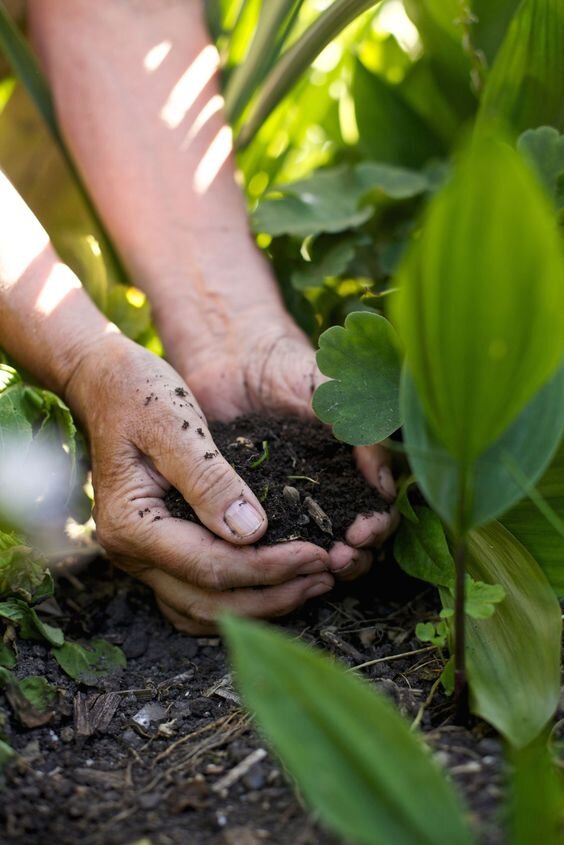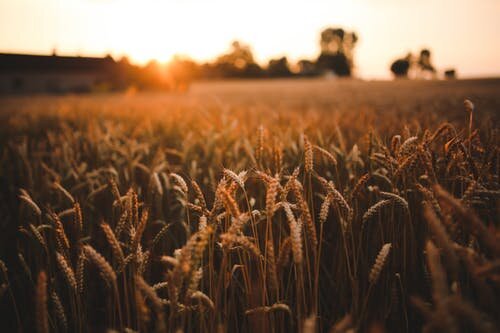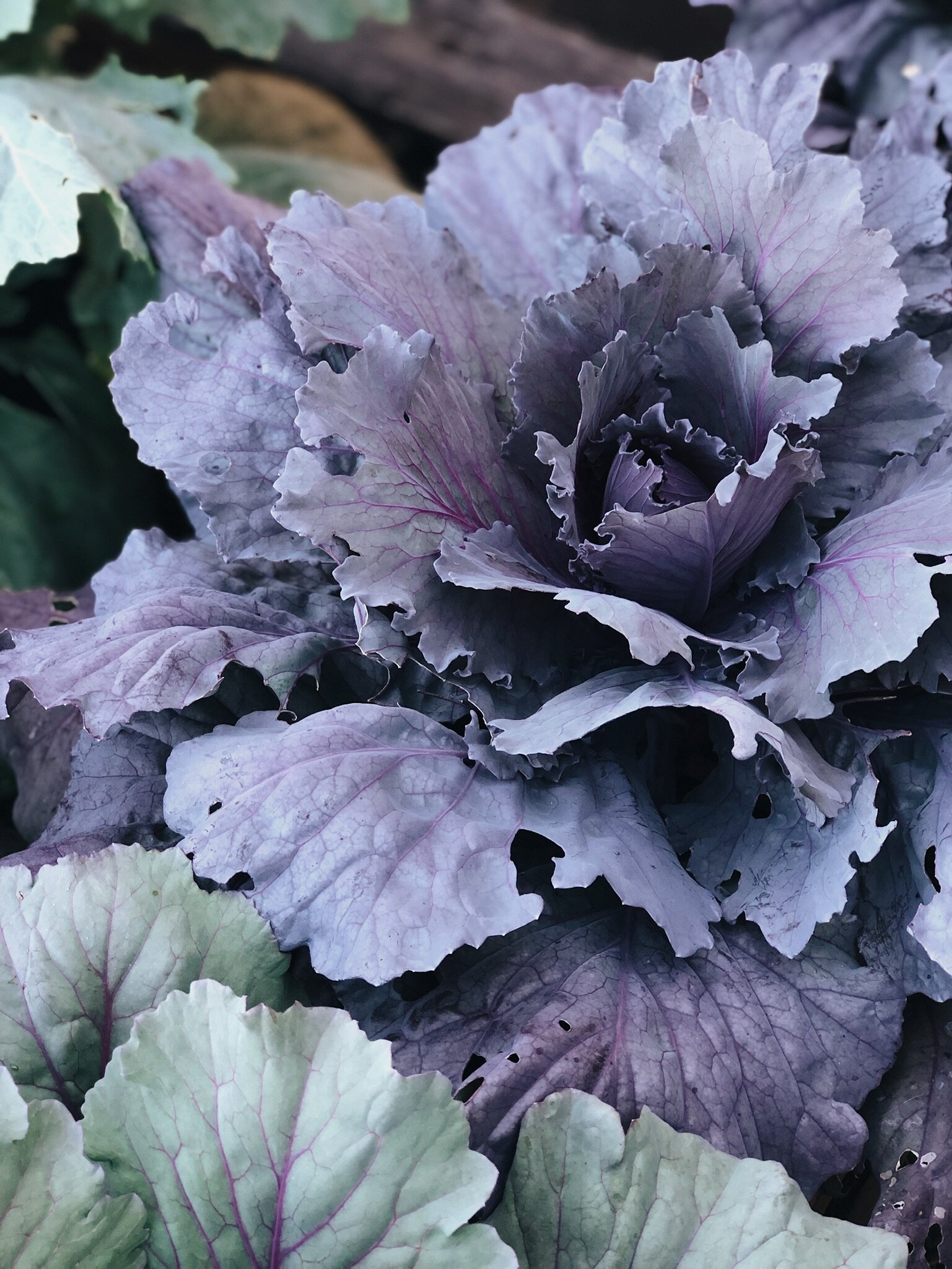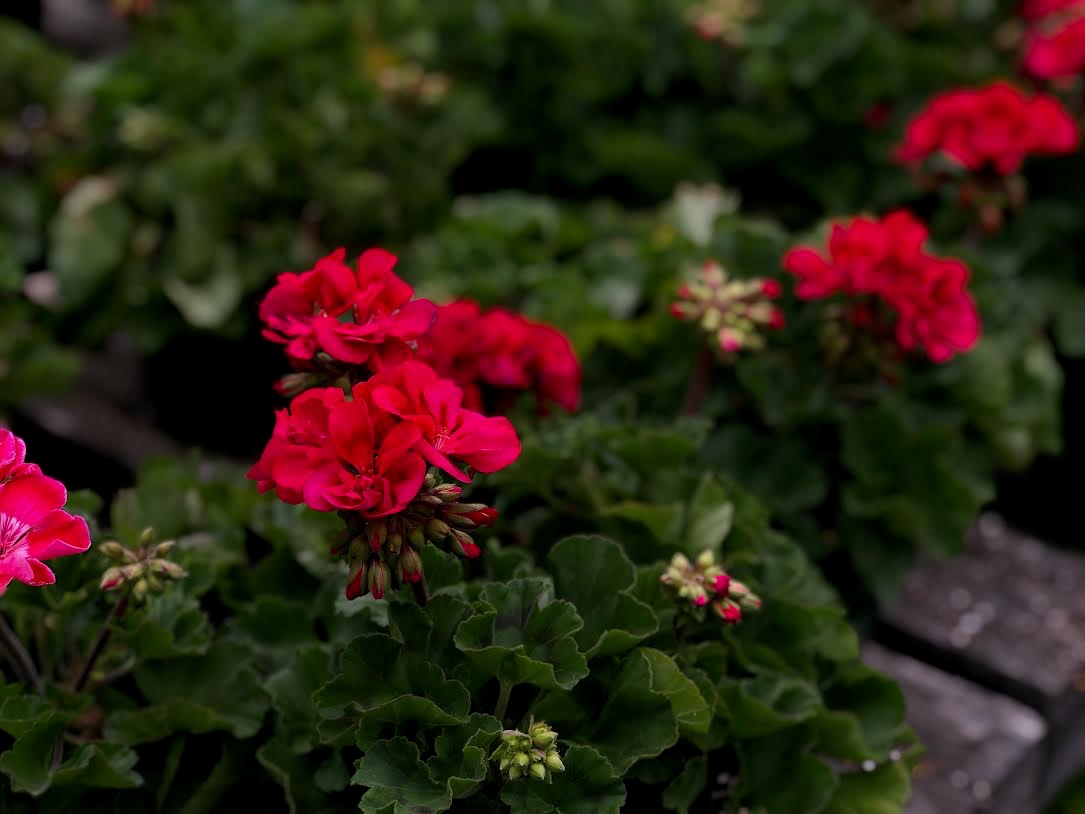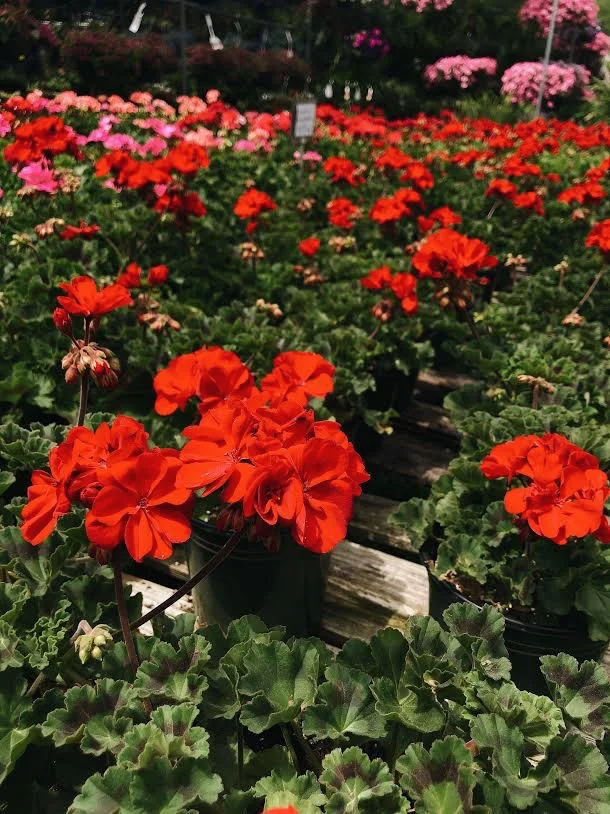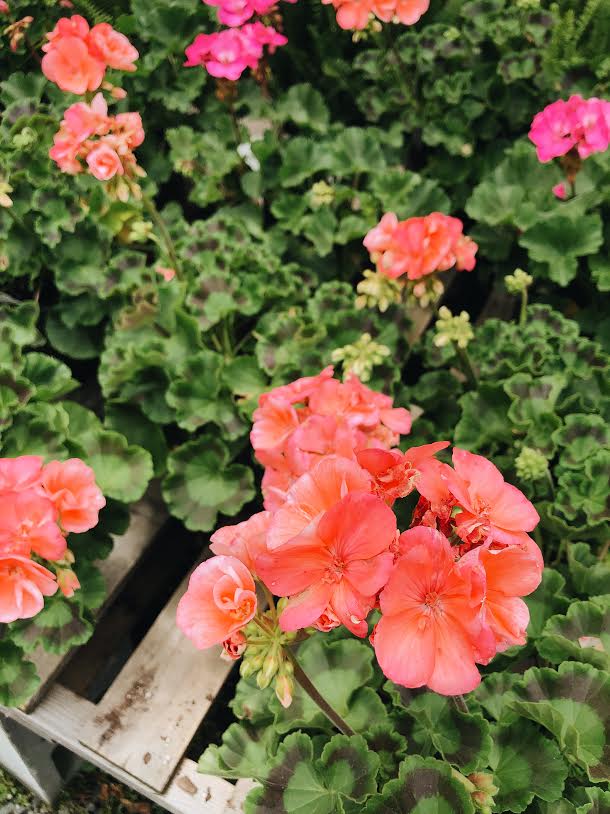
B L O G
Preparing Your Garden For Fall
It’s almost time… And you all know what we’re talking about… FALL. Cool, crisp temperatures, changing leaves, pumpkins, pansies, mums, and all things Autumn. And we have a few tips and tricks for you as you prepare your garden for this glorious Autumn season.
It’s almost time… And you all know what we’re talking about… FALL. Cool, crisp temperatures, changing leaves, pumpkins, pansies, mums, and all things Autumn. And we have a few tips and tricks for you as you prepare your garden for this glorious Autumn season.
1. Clean out any summer vegetables and flowers that will not survive the season. Pull up the nonproductive vegetable plants and flowers that are no longer producing those gorgeous summer blooms and vegetables. This process can be bittersweet, but sometimes it’s necessary to make space and “clean” it for any future plants that are needing fresh new soil.
2. Compost what is not diseased and use for winter or next spring’s garden. You don’t have to throw those beautiful plants away and never see them again. In fact, you're able to put those in a bin and compost them for future use. Compost is GREAT for the soil and if you cover it with mulch, it adds much needed nutrients to your soil.
3. Even if you are not planting any vegetables or flowers for the fall, it’s very important to prepare your soil for the following year. Add an extra layer of compost and mix it in with the soil with a rake. It’s a great way to loosen your soil and prepare it for your future garden. This process also help to provide your soil with vital nutrients needed for your next crop. Because healthy soil means healthy plants.
Image via Gardening Know How
4. Plant a cover crop. Fall cover crops are another great way to put nutrients back into your soil while waiting for the spring and summer months to arrive again. Here is a great article specific to zone 7 on types of cover crops that you could plant in your garden.
Image via Pexels
But what should you plant in the Fall?
You can plant basically any cruciferous vegetable: cauliflower, broccoli, cabbage, beets, kale, turnips, and so much more! Here are the two ways you can do this:
Image via Fine Gardening
From seed.
If you’re starting from seed, it’s usually a bit more time consuming, but is cheaper. And it requires a bit of counting backwards from your frost date, which is usually provided on the back of the seed packet.
From transplant.
This option is usually much easier. You also don’t need to start quite as early, which is great if you haven’t already started on your Fall garden! Plus, let’s be honest, gardening in the fall is much nicer due to the cooler weather and nice breeze.
Thank you so much for joining us here. For more information on what Garden Valley Farmers Market is about, you can visit us here. If you’re wanting to visit with us, come by any of our five North Carolina locations. If you’re wanting to follow along with us, you can do so either on our Facebook, Youtube, or our Instagram. If you’re wanting to earn rewards and be easily connected with us, download our new App. And if you’re wanting to check out our other recipes and blog posts, or are needing more inspiration, follow us on our Pinterest. We’d love to have you join us in our journey of planting better, eating better, and living better.
Much love,
Your Garden Valley Farmers Market Team
How To Care For Geraniums
Geraniums are a beautifully colorful and fragrant option to give you all the spring and summer gardening vibes. They have over 250 species, are low maintenance (once you learn their needs), and make a great addition to your garden…
Geraniums are a beautifully colorful and fragrant option that give you all the spring and summer gardening vibes. They have over 250 species, are low maintenance (once you learn their needs), and make a great addition to your garden.
When healthy, Geraniums are full of lush blooms and filled with green leaves, so they make a great addition to cover the base of shrubs. They are also beautiful in window boxes, in a hanging basket, in single pots on their own, or in an eclectic mixed container. And not only do these beauties smell amazing, but they also help to repel insects… mosquitoes in particular. Geraniums can be grown outside and indoors, making this plant very versatile.
DID YOU KNOW…
…that when most people think of geraniums, they are actually thinking of what is called a Pelargonium, and Pelargoniums are not a “true” Geranium. Because in 1789, Geraniums were separated into two genus species, one of them being Pelargonium. But for reference, we will refer to Pelargoniums as Geraniums for this article… because it’s easier to say and write.
How To Care for Geraniums
Geraniums have very specific needs, but once they are learned, you’ll see that these beautiful plants will thrive and be the next show stopper piece for your garden, front porch, or back deck.
Where to Grow.
+ Indoors. Geraniums need a minimum of moderate light indoors, but more blooms will be yielded if they receive heavy light. Also, if you’re more interested on growing Geraniums indoors, check out this blog post over on Balcony Garden Web.
+ Outdoors. If growing outside, place your Geranium in a spot that receives FULL SUN (minimum of 6 hours of sunlight). If you are in a climate where the temperature reaches above 90 degrees, you also might want to consider planting your Geranium where it receives morning sun, but afternoon shade.
When and How to Plant.
Plant your geraniums only after the threat of a frost has passed. You can check your individual tags on the specific type of geranium you have purchased, but generally, you will want to space them 8”-12” apart.
Soil.
Geraniums love a slightly acidic, well-draining soil. If planting in a pot, you can easily accomplish this by adding moss to your soil, and covering the base of your pot with rocks to allow for better drainage.
Watering.
Geraniums can be prone to root-rot, so you should only need to water them weekly. Allow the soil to dry out completely, and then give it a good soaking.
How to Water: Soak your geranium at the level of the soil of the plant thoroughly. Be careful to avoid getting the leaves and blooms wet. This can cause rotting/disease of the leaves and burning of the blooms (when in the sun).
Pruning.
You can prune Geraniums by pinching off the end of the stem. This allows for two new growths to happen in its place, and will also produce a more “full” looking bush.
So where can you even get these gorgeous plants? We have TONS of options available for purchase at each of our locations at Garden Valley Farmers Market. We are local to the following locations in North Carolina: Greensboro, Haw River, Graham, Elon, and Burlington. So stop by today, and see just how beautiful these gorgeous plants really are.
Comment below and tell us what your favorite colors are!





